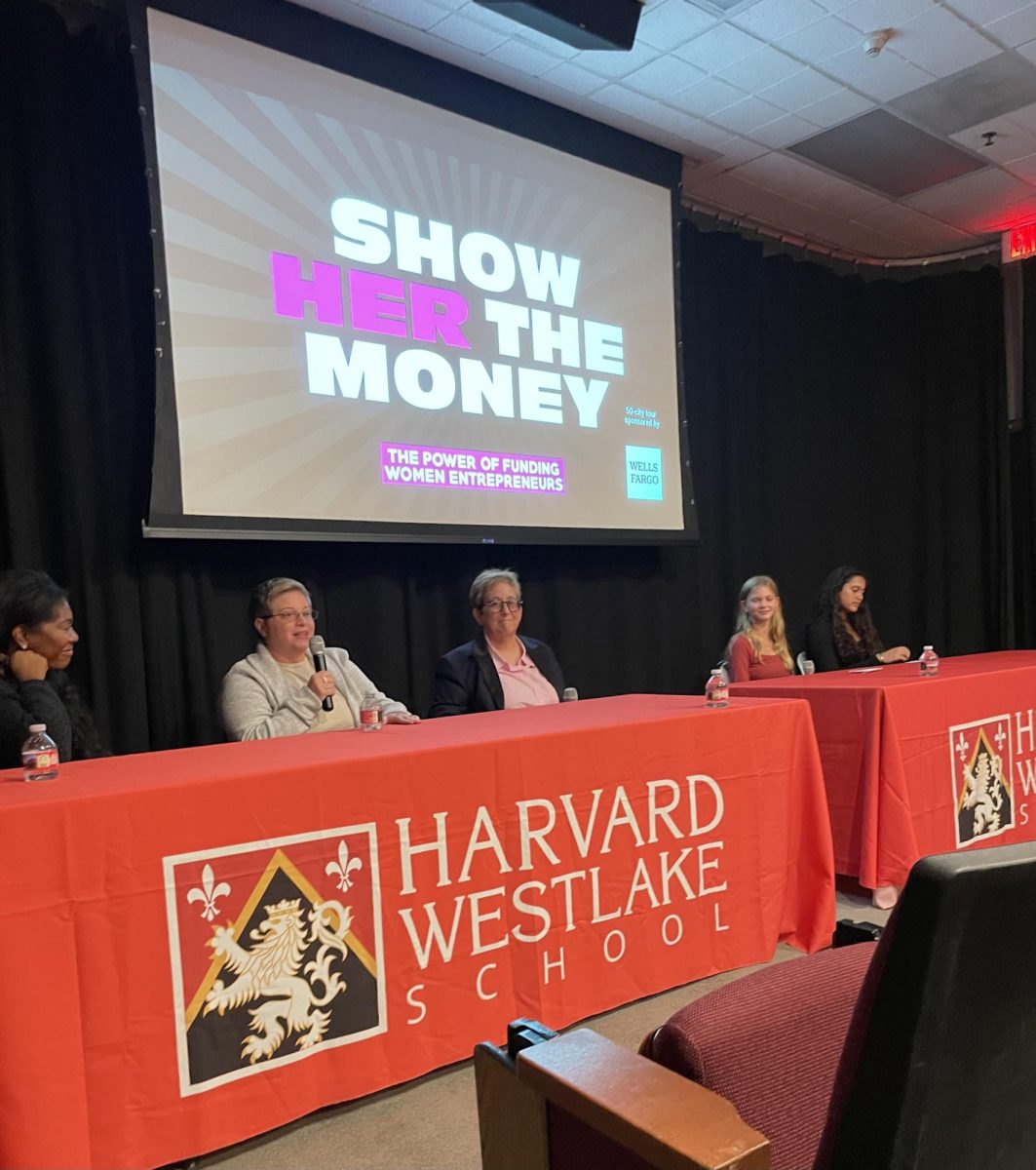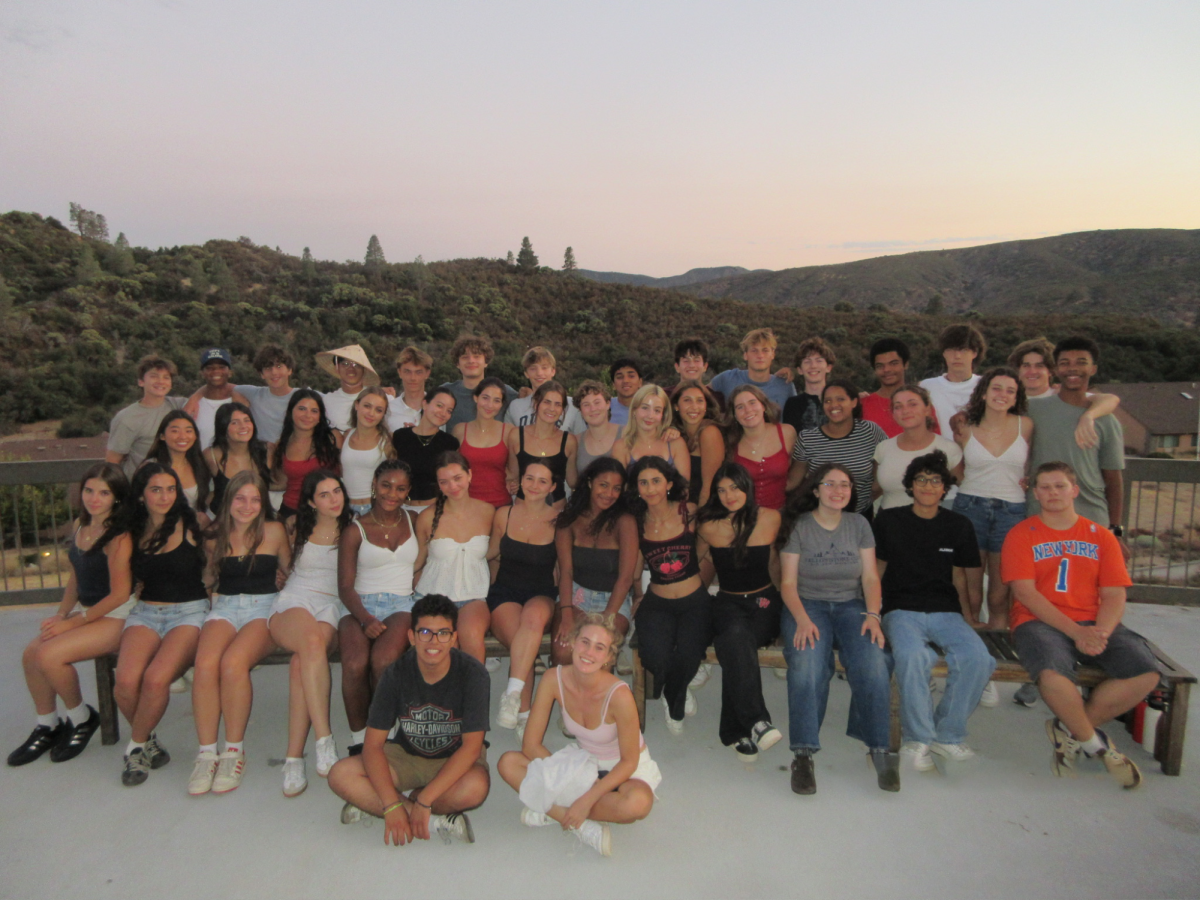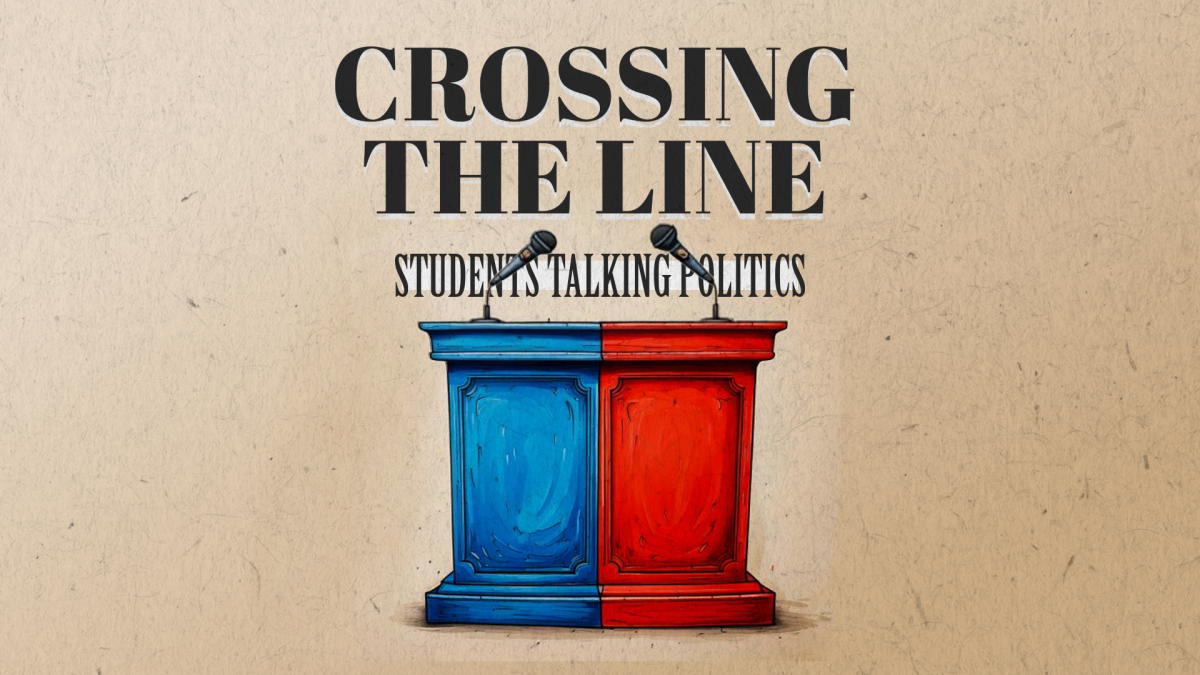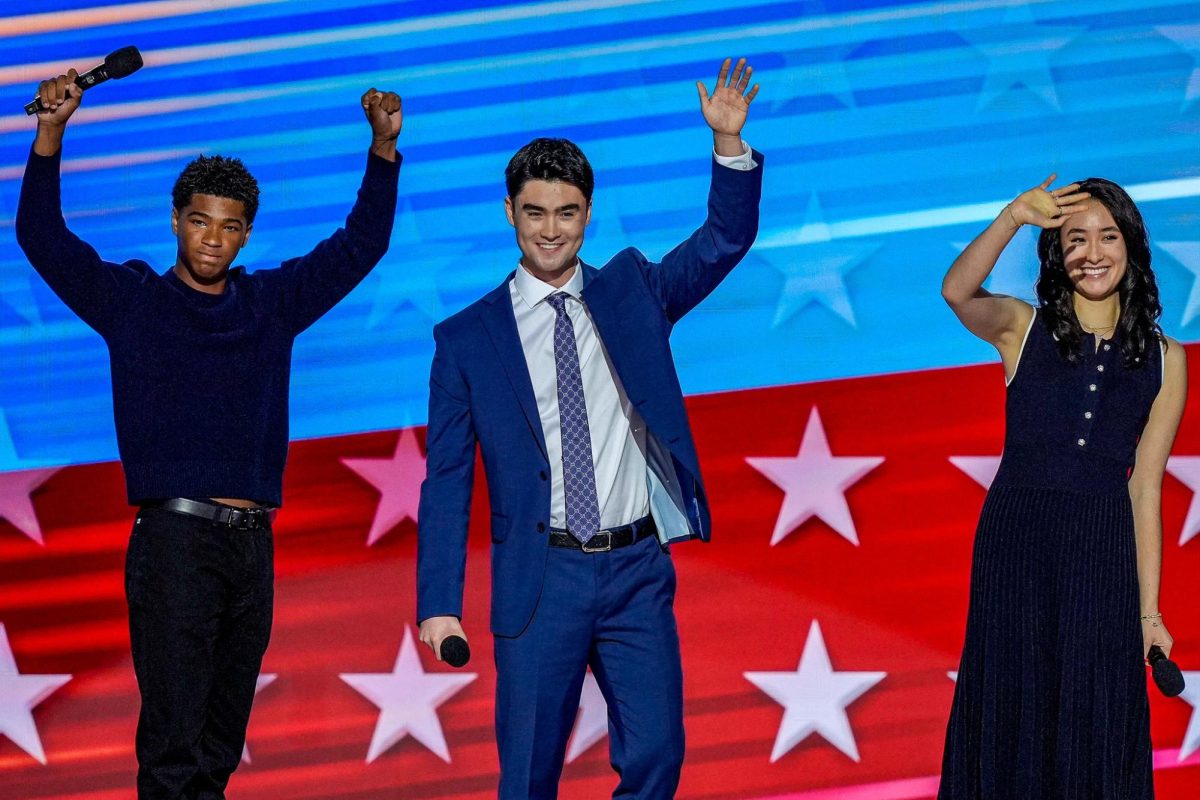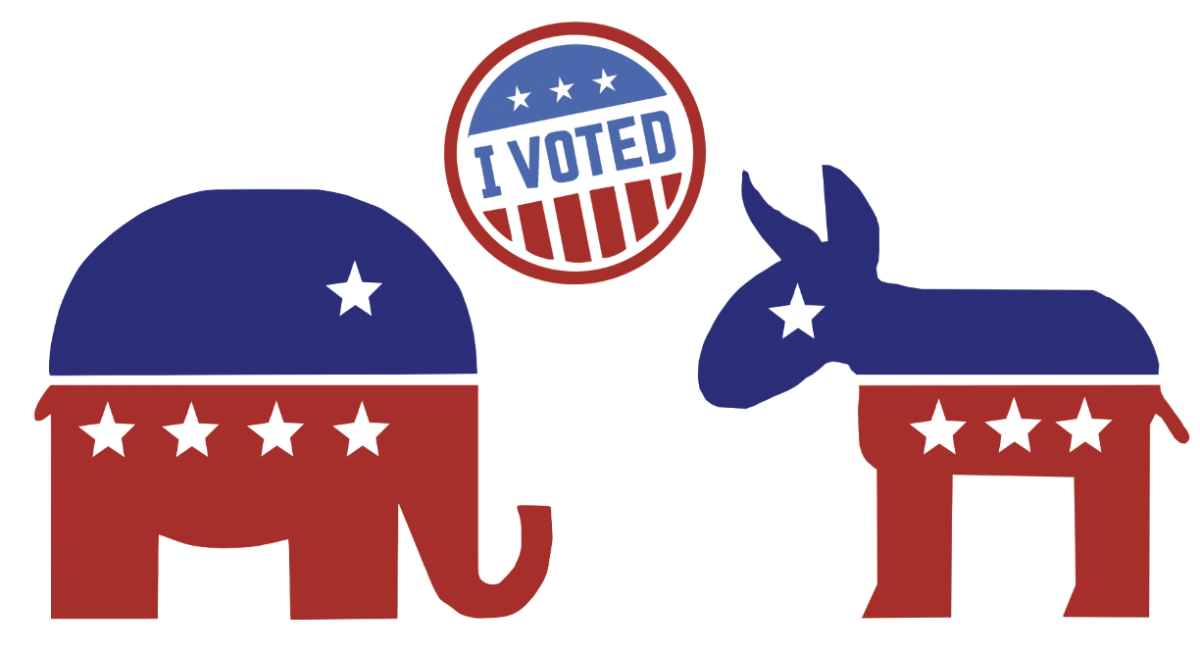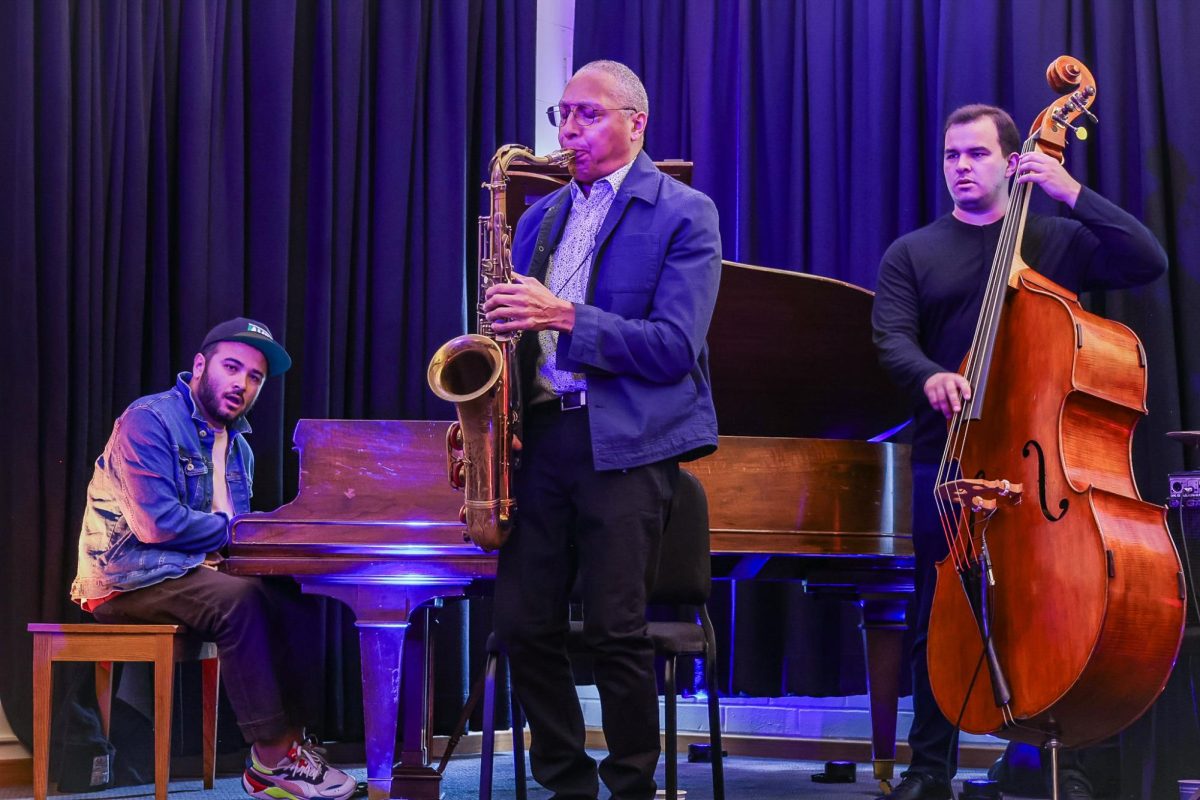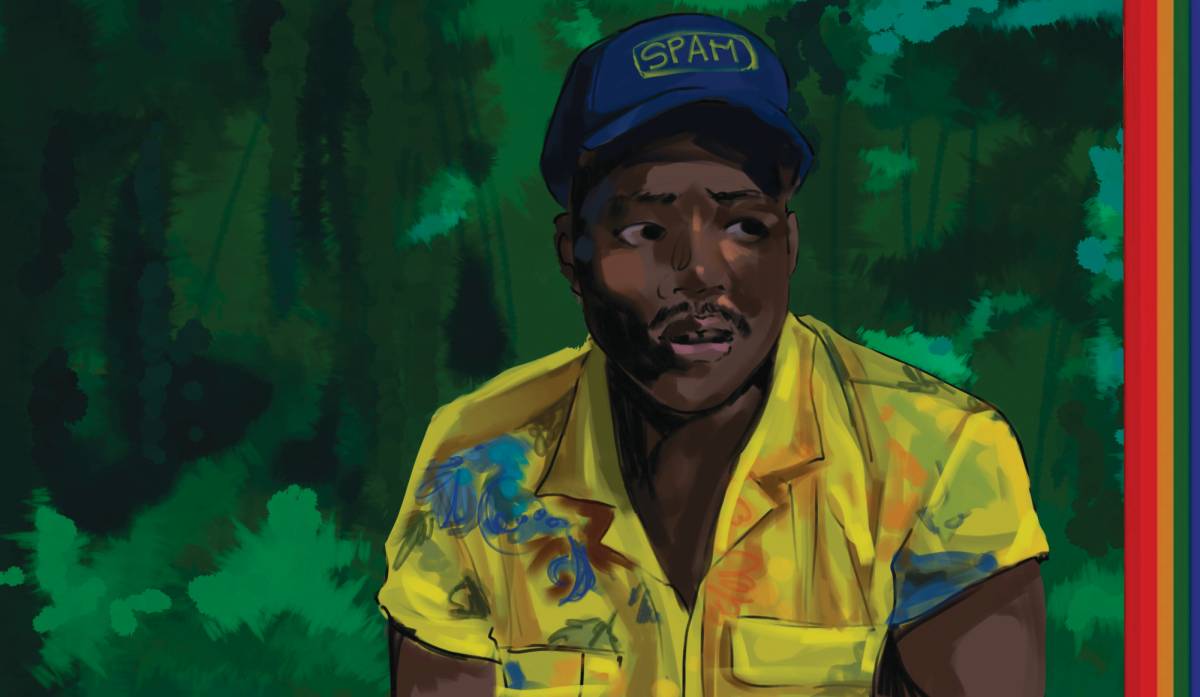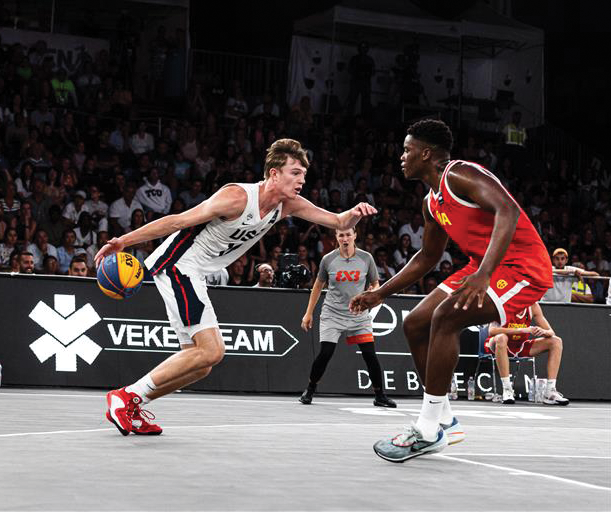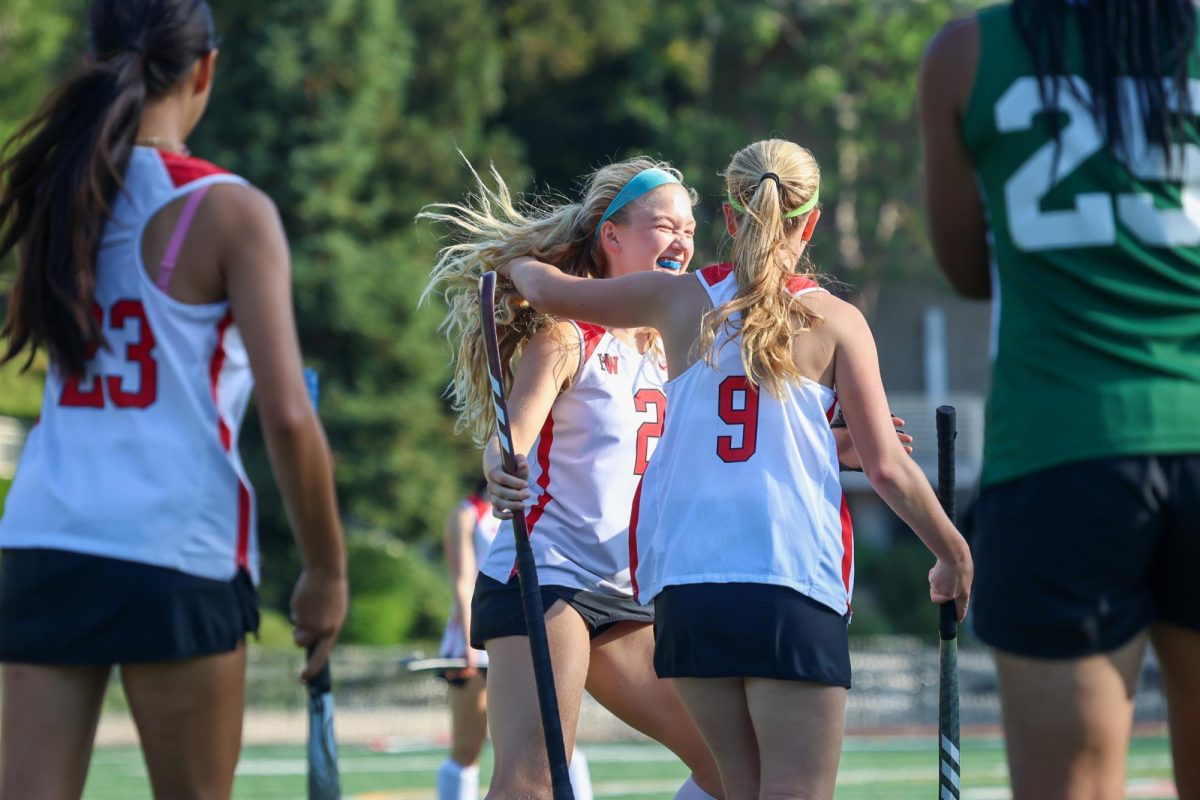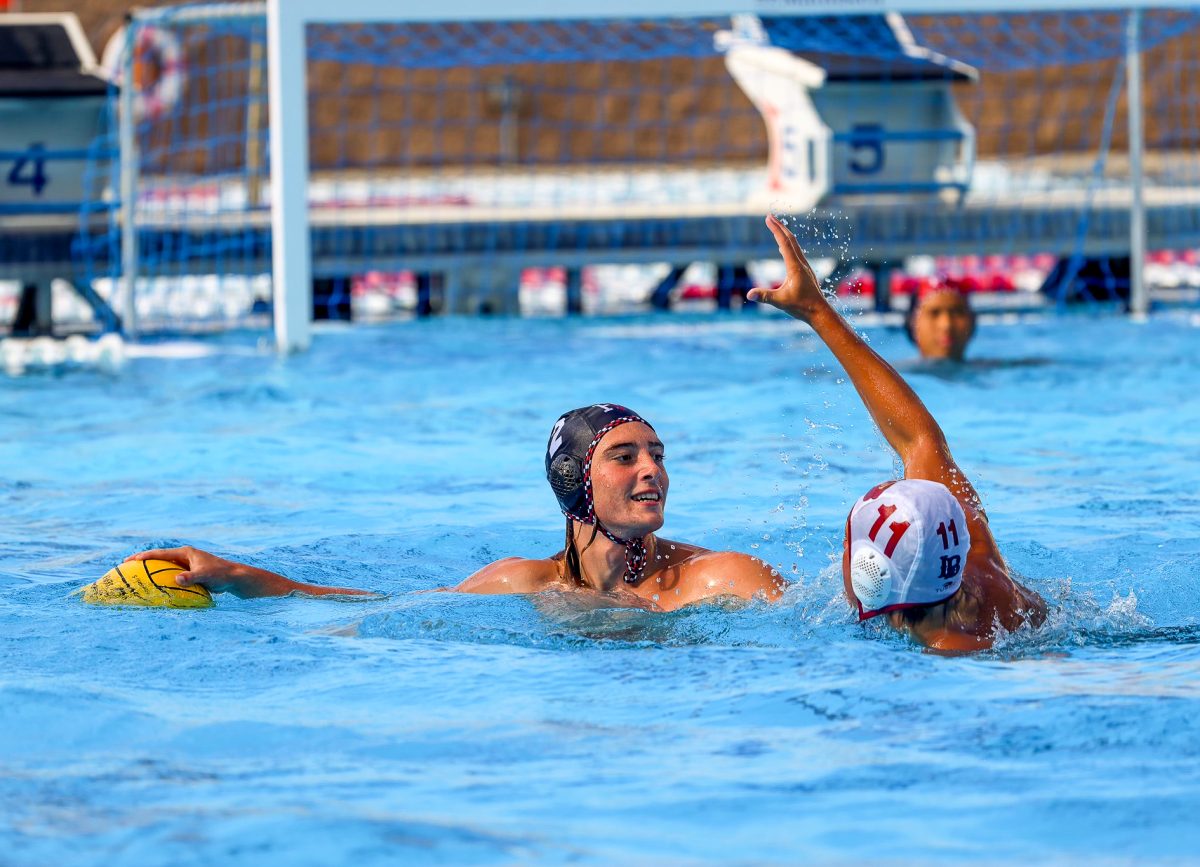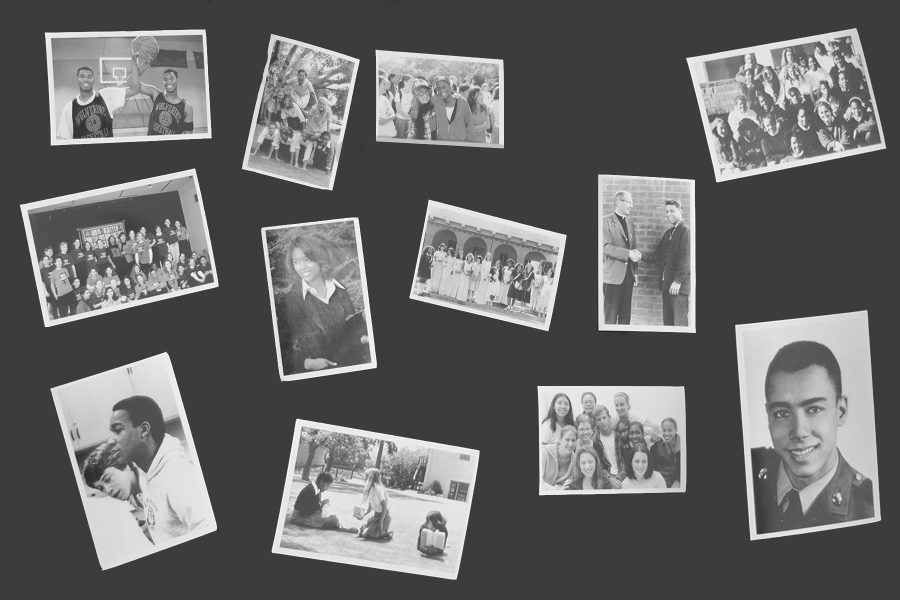In the spring of 1956, as applications for Harvard School trickled into the admissions office, controversy broke out within the school community. Bothered parents frantically contacted then-headmaster Father William S. Chalmers. What would this change? Would it affect their children?
“Inevitably there was concern among some parents and alumni, and people needed time to think through the question,” Chalmers wrote in an archived memoir.
This “question” was whether or not the school should admit its first black applicant to the Harvard School.
“I well remember Trustees meeting that Spring,” Chalmers wrote. “Mr. Frank King produced a sheaf of letters protesting the enrollment of a black student and asked Bishop Bloy’s advice on how to answer them. Bishop Bloy replied that since he had made certain that Father Chalmers and the admissions committee had reached their decision upon a fair and equitable basis, the answer should be that the school as a Christian institution did not refuse admission to qualified students on the basis of racial or cultural differences.”
The dispute seemed to be resolved.
“So quietly and almost serenely Harvard School settled this situation and with almost no exceptions the school’s supporters accepted the situation with equanimity,” Chalmers wrote.
Ultimately, however, the applicant did not attend Harvard School.
“When the schools were founded, it wasn’t a diverse place,” archivist Eric Yin said. “That’s the only way you could describe it. Even if it’s not racism coded into law, it was sort of norm at that time.”
During the 1950s and 1960s, both Harvard School and Westlake School for Girls slowly began to accept students of color into their communities. The first Indian student graduated from Harvard School in 1954. Six years later, Kay Tottori ’60 was the first east Asian graduate of Westlake School for Girls. Yin said there were only four Jewish students in the Harvard School for Boys class of 1950.
Kirk Holloman ’62 was the first black graduate of Harvard School for Boys and Cynthia Williams ’70 was Westlake School for Girls’ first black graduate. In 1986, Kimberly Willis ’89 and Tiffany Johnson ’88 established Westlake’s Black American Culture Club. Prompted by racial tension in Los Angeles and a political climate of change, Willis said the original members of the group communicated their idea to then-Headmaster Nathan O. Reynolds.
“As an African-American woman, there were issues that were germained to my experience as a student, what was happening on campus and off campus, that I felt wasn’t being addressed,” Willis said.
The administration, especially Reynolds, was receptive to the proposal.
“The campus was lacking in representation in terms of the groups,” Willis said. “However, when we told the administration that we wanted to start the BLACC, they were very supportive.”
In addition to being an environment for students to discuss their experiences and relevant issues, Willis said the club also aimed to instigate substantial change.
“We were definitely feeling like we could do more than just celebrate Black History Month once a year,” Willis said. “We could do more about having a voice on campus if there were issues that affected us. We didn’t want to wait for something to occur. We wanted to be proactive and bring the environment that we thought Westlake could be for us.”
Similar to Willis’ characterization, Jennifer Haley ’84 (Charles Flippen ’18, Spencer Flippen ’21) described the students and faculty at Westlake as generally open-minded about diversity, despite the lack of it at the school. After graduating from Westlake, she attended Howard University.
“Culturally, it was insightful because I would say I had formed beliefs in my mind that I hadn’t noticed until I went to a campus where everyone looks like me,” Haley said. “It was eye-opening that I even had biases that I wasn’t aware of.”
Matriculating from Westlake as one of three black students in her grade to a historically black college, Haley noted the differences in her experiences attending demographically dissimilar institutions.
“It was rather uncomfortable feeling like a minority all of the time,” Haley said. “And then I went to Howard and that was a relief. When people were treating me in a way that maybe I didn’t care for at Westlake, I never knew whether it was because of race or if it was because of how that person was, so I think that is why it’s important to have that diversity.”
As a current Harvard-Westlake parent, Haley said she has noticed significant changes in the school.
“The diversity of the student body is really impressive, and that was one of the things that really attracted me in wanting my kids to go here,” Haley said. “I thought it was much more diverse than many of the other independent schools right now.”
Both Haley and her son, Charles Flippen ’18, said the school could improve by diversifying its faculty. Flippen also said middle school students should be more extensively educated about issues relating to race.
“There are definitely more micro-aggressions at the Middle School,” Flippen said. “Interactions between kids—they don’t get it. They always play off stereotypes and things like that in normal conversations. It was a weekly occurrence where [I would] be going to the cafeteria, and someone would start saying that they’re serving watermelon in the cafeteria.”
Nya Beckham ’19 said students of color like herself have a different Harvard-Westlake experience, both socially and in terms of athletics.
“I would really like to be able to say that the experience of Harvard-Westlake was the same for white students and students of color, but unfortunately it’s not,” Beckham said. “I think that females of color are outcast, while males are not and are more accepted in the Harvard-Westlake community. It’s obvious that Harvard-Westlake strives to be diverse, but I think we give more credit than is deserved. Going to a predominantly white institution, it is extremely hard to be black and not an athlete, and even harder to be an athlete and not be good because of the stereotypical standards.”
While BLACC leader Taylor Redmond ’18 said race doesn’t significantly affect her socially, she said students of color have different experiences from white students in certain academic settings.
“It can be starkly different during classes where black history is discussed, or when there is a minority character or author in a book in English,” Redmond said. “A lot of students of color feel the responsibility to represent their race and their history accurately during moments like those, which can sometimes be a heavy burden. This year, a lot of other things have become prevalent for students of color as well with the Trump presidency. Pressing issues for [people of color] can be very different from issues that others find important in today’s climate.”
Redmond, Beckham and Flippen all said Director of Diversity, Equity and Inclusion Janine Jones’ work feels encouraging.
“The biggest thing to congratulate the school on is for recognizing that there was an issue, and trying to find a way to fix it in a variety of different ways,” Redmond said. “So for that, I commend Harvard-Westlake.”
Using the data from last year’s climate assessment, Jones said her main initiatives are improving the diversity and inclusivity of the school’s curriculum, having a more diverse faculty and staff and ensuring that students “feel included, celebrated and respected for whatever their particular identity is.”
She highlighted that this effort included respect to diversity of thought, a type of diversity she said is not as frequently discussed.Before the implementation of her position, Jones said issues relating to diversity were dealt with on an ad hoc basis.
“In the past, it was something that was thought to be everyone’s job and no one person’s job,” Jones said. “What tends to happen when that type of approach is taken is that people get really busy and it never becomes one person’s central job or responsibility. So while individually people are doing a lot of great things, there’s no collective approach to DEI.”
Similar to Redmond, Head of Upper School Laura Ross said cultural competency is one of her main goals for the future of the school.
“I would love to get to a point in the school where it felt like teachers saw cultural competency just as central to understanding their subject matter,” Ross said. “It’s understanding how you create a learning environment. You’ve got to understand the social emotional stuff that goes into it, you’ve got to understand the brain science and you’ve got to understand cultural competency.”
She cited President Rick Commons’ views on inclusion as valuable to the school community.
“Equity, inclusion, happiness and balance magnify excellence, they don’t detract from it,” Ross said. “It’s not separate. It’s just reimagining what excellence means. Maybe at Harvard-Westlake there was a more narrow definition. It was more academic excellence, outcomes and where we get into college. It’s equally important that people feel, in their experience here, that they are known and valued.”

